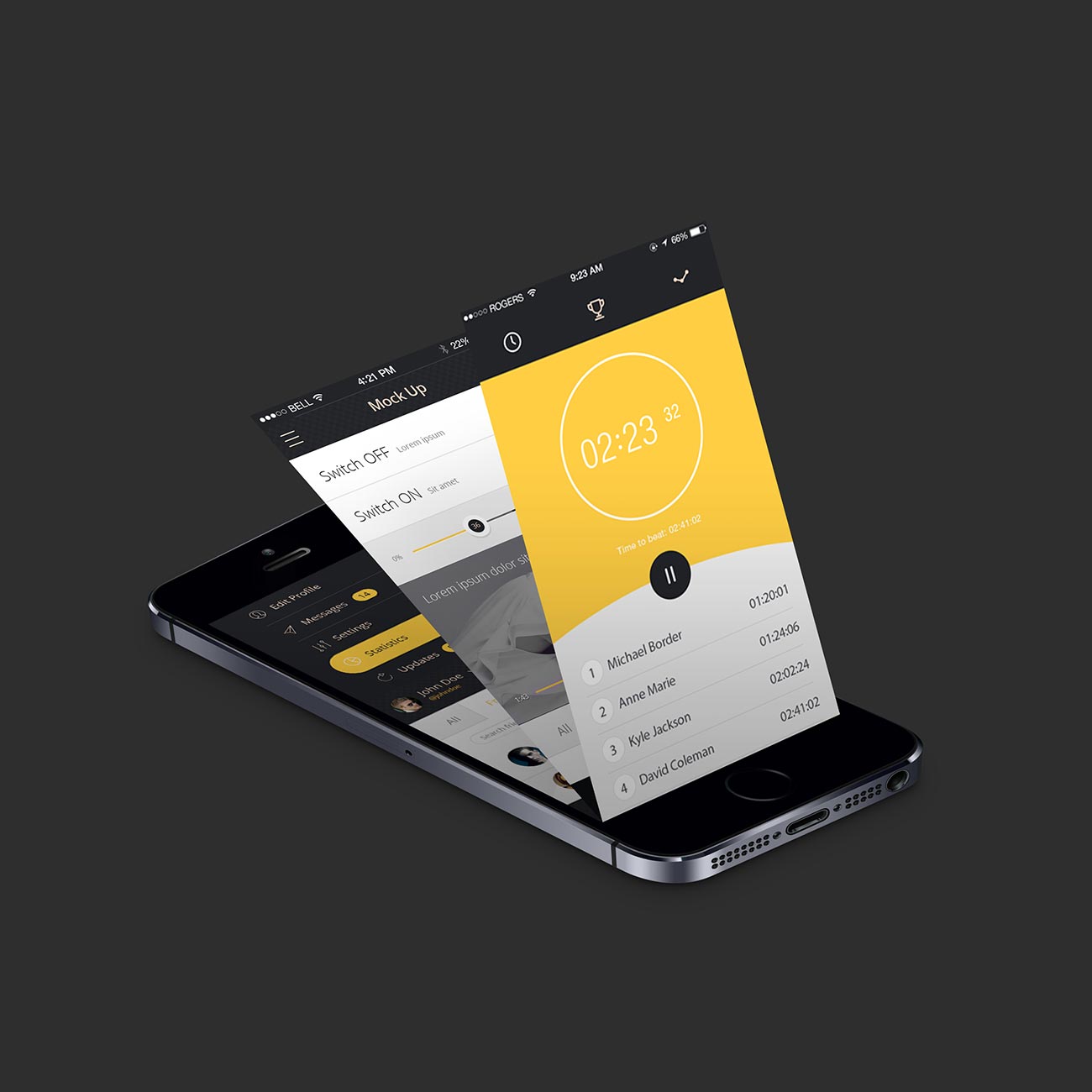
Trends in UX Design
April 17, 2024
As of my last update in January 2022, several trends were shaping the landscape of UX (User Experience) design. While some of these trends may have evolved or faded by now, here are some overarching themes that were prevalent:
- Human-Centered Design: User-centric design remains a core principle of UX. Designers increasingly focus on understanding users’ needs, behaviors, and preferences to create intuitive and seamless experiences.
- Minimalism and Simplification: Minimalist design continues to be popular, with a focus on simplicity, clean layouts, and streamlined interfaces. Designers aim to eliminate clutter and distractions to enhance usability and user engagement.
- Responsive and Adaptive Design: With the proliferation of devices and screen sizes, responsive and adaptive design techniques are essential for ensuring optimal user experiences across different platforms and devices.
- Microinteractions: Microinteractions, such as animated buttons, loading animations, and hover effects, add personality and interactivity to interfaces. These subtle animations can improve user engagement and delight users.
- Accessibility and Inclusivity: Designing for accessibility and inclusivity is increasingly important. UX designers strive to create experiences that are usable by people of all abilities, including those with disabilities.
- Voice User Interfaces (VUIs): As voice assistants and smart speakers become more prevalent, designing for voice interactions presents new challenges and opportunities for UX designers. Creating intuitive and natural language interfaces requires careful consideration of user context and conversational design principles.
- Augmented Reality (AR) and Virtual Reality (VR): AR and VR technologies are gaining traction in UX design, offering immersive and interactive experiences. Designers are exploring ways to integrate AR and VR into various applications, from gaming and entertainment to retail and education.
- Data-Driven Design: Data analytics and user research play a crucial role in informing UX design decisions. Designers leverage data insights to understand user behavior, identify pain points, and optimize user experiences for better performance and engagement.
- Dark Mode: Dark mode interfaces, which feature dark backgrounds and light text, have become increasingly popular due to their aesthetic appeal and potential benefits for reducing eye strain and conserving battery life, particularly in low-light environments.
- Ethical Design: Designing ethically and responsibly is gaining traction in the UX community. Designers are mindful of the potential impact of their work on user privacy, mental well-being, and societal values, striving to create experiences that are transparent, trustworthy, and respectful of users’ rights and dignity.
These trends reflect the evolving landscape of UX design, driven by advancements in technology, changing user behaviors, and a growing emphasis on human-centered principles and ethical considerations. Keeping abreast of these trends and incorporating relevant insights into design practices can help UX designers create experiences that resonate with users and stand the test of time.
